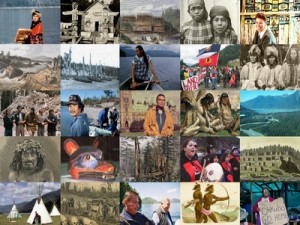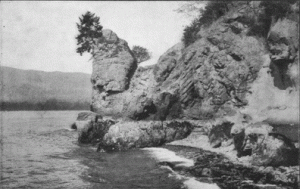The Mashantucket Pequot Museum and Research Center is a tribally owned-and-operated, state-of-the-art complex located in Mashantucket, Conn. Opened on August 11, 1998, it presents the history of the Mashantucket Pequot Tribal Nation, the histories and cultures of other tribes, and the region’s natural history through a series of innovative presentations — both physically on-site and also virtually online.
Utilizing the latest in exhibit design and technology, the 85,000-square-foot permanent indoor exhibits present four types of interpretation to the visitor: dioramas, text panels, interactive computer programs, and a series of films. Evolving Mashantucket Pequot life is conveyed through dioramas and exhibits, films and videos, interactive programs, archival materials, ethnographic and archaeological collections, and commissioned works of art and traditional crafts by Native artisans. Seven computer interactives, including more than three hours of original documentary video, have been created. A total of 13 films and video programs are on view throughout the permanent exhibit space in 10 locations. The visually impaired are able to move through the exhibits utilizing an infrared communications system and access audio interpretation, with selected replica artifacts available for all to touch in specially designated areas, including spearheads, fur clothing and tools.
Its online resources I believe compliment the exhibits very well. In particular, its online audio archives, “Listen Up! Online Audio,” offer some of the interesting, and free, audio content currently available online that is relevant to the scope of its collections — a podcast is a series of audio programs in MP3 format that can be downloaded individually.
Website link: http://www.pequotmuseum.org/



